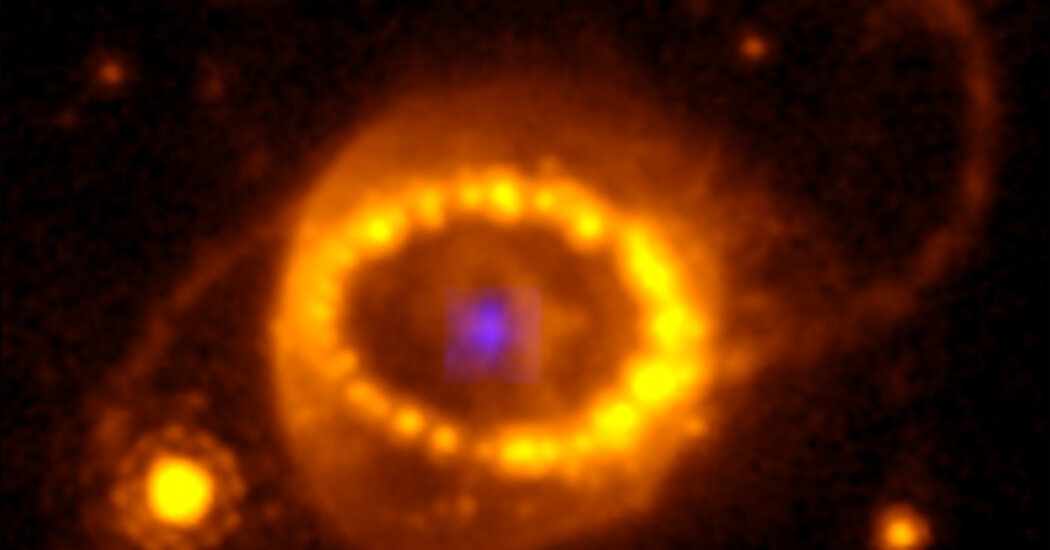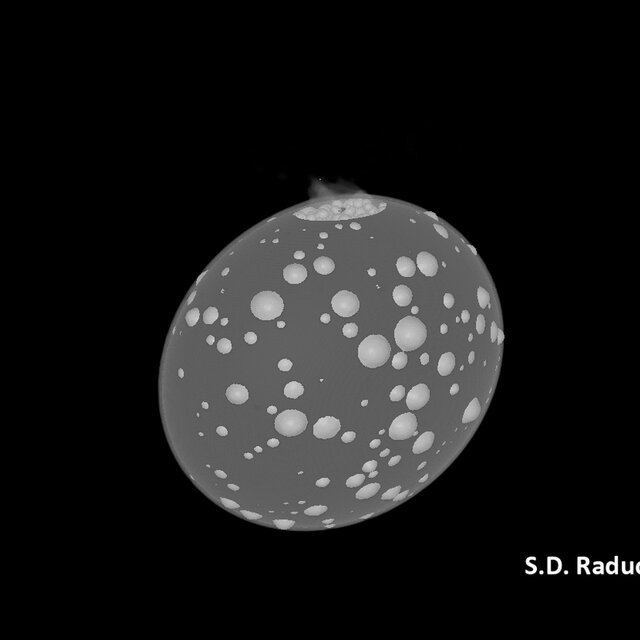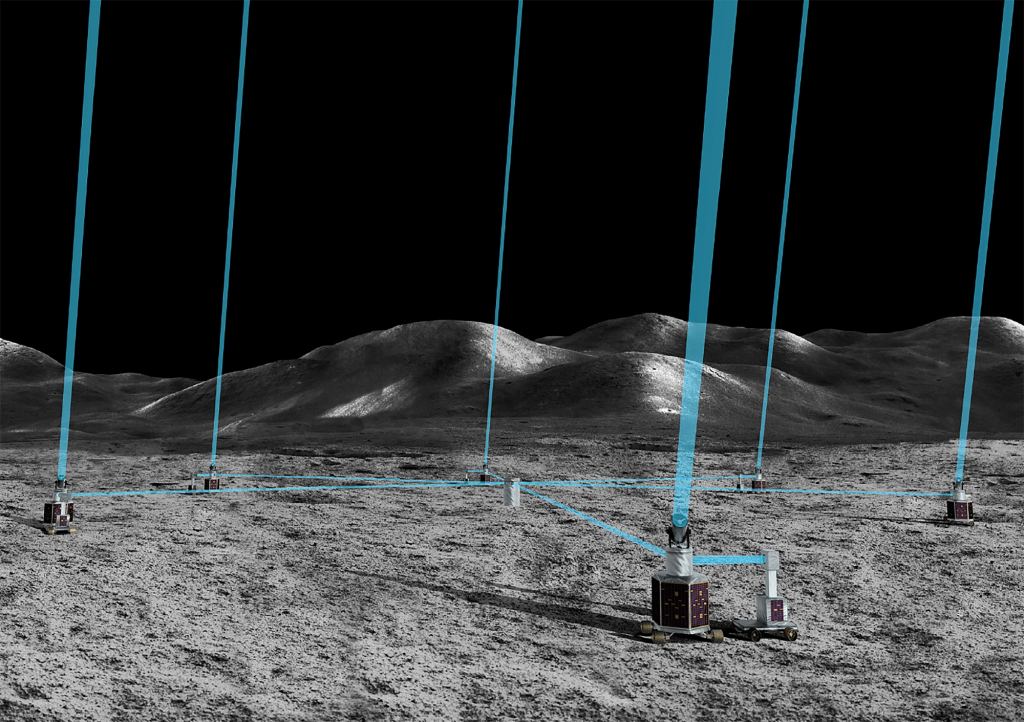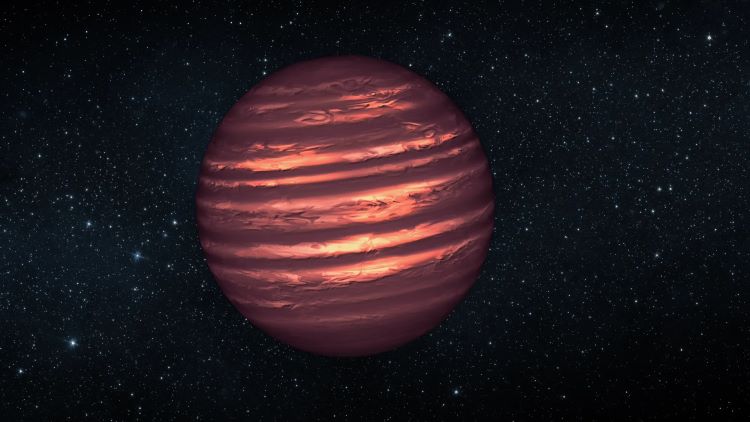-
6 Great Space Images From February

Skip to contentSkip to site index Science Today’s Paper Advertisement SKIP ADVERTISEMENT Site Index Site Information Navigation © 2024 The New York Times Company NYTCo Contact Us Accessibility Work with us Advertise T Brand Studio Your Ad Choices Privacy Policy Terms of Service Terms of Sale Site Map Canada International Help Subscriptions Manage Privacy Preferences
-
Astronomers spot white dwarf star with metallic ‘scar’

Astronomers have spotted a star with a dark metallic “scar” on its surface, thought to be the imprint of a doomed planetary fragment that came too close to its host. The white dwarf star, called WD 0816-310, is a dense, Earth-sized remnant of a star about 63 light years away that would have been similar…
-
NASA’s Crash Into an Asteroid May Have Altered Its Shape

A new study using simulations suggests the impact in 2022 transformed the space rock into an M&M-like flat-top oval. A computer model simulated the DART spacecraft colliding with the asteroid Dimorphos.Raducan et al., Nature In 2022, when NASA’s $325 million spacecraft crashed into an asteroid named Dimorphos at 14,000 miles per hour, cheers and applause…
-
What Kinds of Astronomy Could Be Done With a Telescope on the Moon?

For decades, astronomers have said that one of the most optimal places to build large telescopes is on the surface of the Moon. The Moon has several advantages over Earth- and space-based telescopes that make it worth considering as a future home for giant observatories. A new paper lists all the advantages, including how telescopes…
-
Brrr. JWST Looks at the Coldest Brown Dwarf

What are the atmospheric compositions of cold brown dwarf stars? This is what a recent study published in The Astronomical Journal hopes to address as an international team of researchers used NASA’s James Webb Space Telescope (JWST) to investigate the coldest known brown dwarf star, WISE J085510.83?071442.5 (WISE 0855). This study holds the potential to…
-
James Webb Space Telescope spots neutron star hiding in supernova wreckage
Using the James Webb Space Telescope (JWST), astronomers have ended a nearly decade-long game of celestial hide-and-seek after they discovered a neutron star in the wreckage of a stellar explosion. Supernova 1987A represents the remains of an exploded star that once had a mass around 8 to 10 times that of the sun. It is…
-
Radio signals from Orion nebula reveal new data about strange celestial objects: ‘JuMBOS’
Last year, using the James Webb Space Telescope (JWST), astronomers made the startling discovery of some free-floating, planetary-mass objects in the Orion nebula that threw their ideas of planet and star formation into doubt. And now, new research has further deepened the mystery around these so-called Jupiter-mass binary objects, or JuMBOs. JuMBOs aren’t stars, but aren’t…
-
Young Space Enthusiast Authors Popular Book on Astronomy

Summary: An 11-year-old boy named Aston, who authored a book on space at the mere age of eight, has now sold over 700 copies. His passion for astronomy resonated widely, leading to his work being distributed in numerous schools. Even British astronaut Tim Peake recognized the youngster’s achievement. Aston’s love for space extends to his…
-
A Voracious Black Hole at the Dawn of Time?

Scientists debate whether this object is the brightest in the visible universe, as a new study suggests. Astronomers claimed on Monday that they had discovered what might be the hungriest, most luminous object in the visible universe — a supermassive black hole that was swallowing a star a day. That would be the mass equivalent…
-
Ride the Wave of Radio Astronomy During the Solar Eclipse
5 min read Students and science enthusiasts are invited to catch a real-time look at radio astronomy as scientists explore magnetic hotspots on the Sun during a live, virtual solar eclipse event on April 8, 2024. A massive, 34-meter telescope once used by NASA’s Deep Space Network to communicate with spacecraft will point towards the…